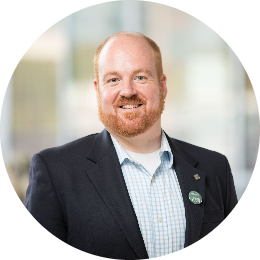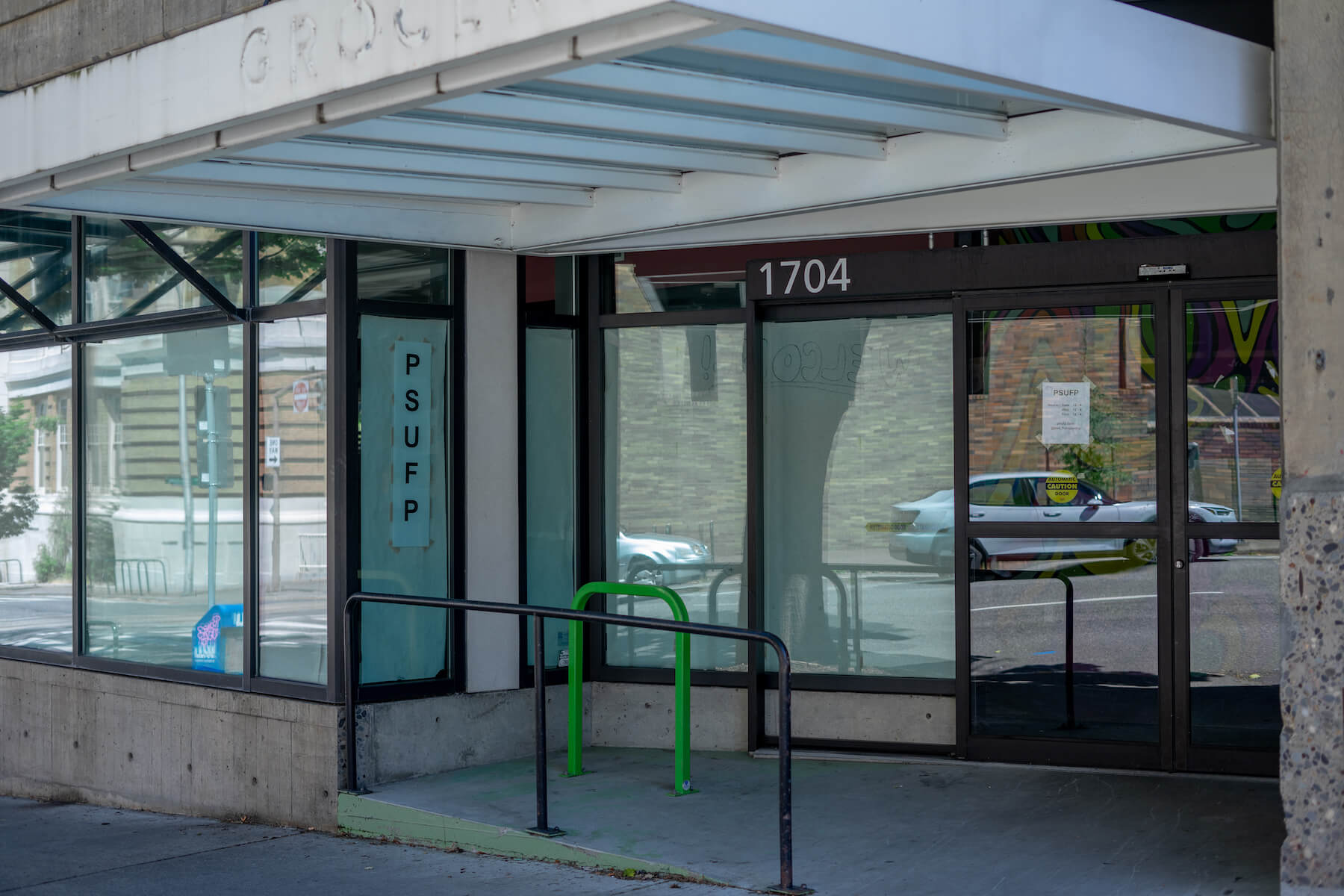In honor and recognition of Hunger and Homelessness Awareness Week, the Student Community Engagement Center at Portland State held an online educational panel with local educators and professional activists to address concerns of those experiencing houselessness and food insecurity last week.
“Folks facing houselessness and food insecurity are not some anonymous other.” said Ari Vazquez, a graduate assistant at the Student Community Engagement Center. “They’re our peers and community members, therefore we have a responsibility to learn about these issues and be aware of the resources that exist to help,” she said during the discussion.
A topic of immediate concern among the panel was the significance of consistently defining food insecurity and homelessness. “It’s really important that we use standardized measures, because these do very much impact funding and services,” said Dr. Greg Townley, research director for the Homelessness Research and Action Collaborative (HRAC) at PSU. He also said that there are discrepancies among the definitions of food insecurity and homelessness that are used by researchers and educators, as well as federal, state and local employees.
“Food security…means all people, at all times, have physical, social and economic access to sufficient, safe and nutritious food that meets their food preferences and dietary needs for an active and healthy life,” according to the International Food Policy Research Institute.
On the other hand, “A person is food insecure when they lack regular access to enough safe and nutritious food for normal growth and development and an active and healthy life. This may be due to unavailability of food and/or lack of resources to obtain food. Food insecurity can be experienced at different levels of severity,” according to the Food and Agriculture Organization of the United Nations.
In 2006, the United States Department of Agriculture (USDA) “introduced new language to describe ranges of severity of food insecurity.” This time choosing to define both food security and insecurity on a spectrum from “high food security, marginal food security, low food security and very low security.”
Additionally, in response to a follow-up question about water security, Townley said the topic “often doesn’t get the same level of attention [as] food and housing insecurity, even though it’s critically important.”
“Unhoused people face many barriers to finding good clean water both for drinking and for hygiene reasons,” Townley said.
Similar to definitions surrounding food security, the federal definitions regarding homelessness aren’t easily understood.
Dr. Townley explained the definition of homelessness used by the U.S. Department of Housing and Urban Development (HUD) “is most often discussed, [because it] controls a significant portion of the federal funding for homelessness, which really focuses on people who are literally homeless—people who are in shelters and emergency housing.”
“It doesn’t include people who are in double upped situations, such as people who may be sleeping with a roof over their head, but it’s not a fixed or stable location,” Townley said. “So we at the Homelessness Research and Action Collaborative use this expanded definition—which is the same as the [Joint Office of Homeless Services],” who “oversee the delivery of services to people experiencing homelessness in Multnomah County.”
Marisa Zapata, the director of the HRAC, and her colleagues published a report last year titled “Governance, Costs, and Revenue Raising to Address and Prevent Homelessness in the Portland Tri-County Region.” Their report included a detailed description of the significant roles that regional governance, political advocacy and multi-stake holder processes play in combating homelessness in the tri-county region.
With that being said, “the funding is still tied to the federal definition,” Townley said. “Federal funding is still dictated by the HUD rates and these come from the point and time count, which is a one night count of people who are sleeping unsheltered in emergency shelters or transitional housing.”
“On a single night in January 2019, state and local planning agencies…reported 567,715 people were homeless,” stated a HUD press release from December in the 2019 Annual Homelessness Report to Congress—which included 37,085 veterans and 53,692 families with children.
PSU’s Homelessness Research and Action Collaborative provides many direct resources in order to locate housing and free meals; as well as the availability of financial funding available to members of the Black, Indigenous and People of Color (BIPOC) communities, and those struggling with substance abuse due to COVID-19 or needing financial assistance.






